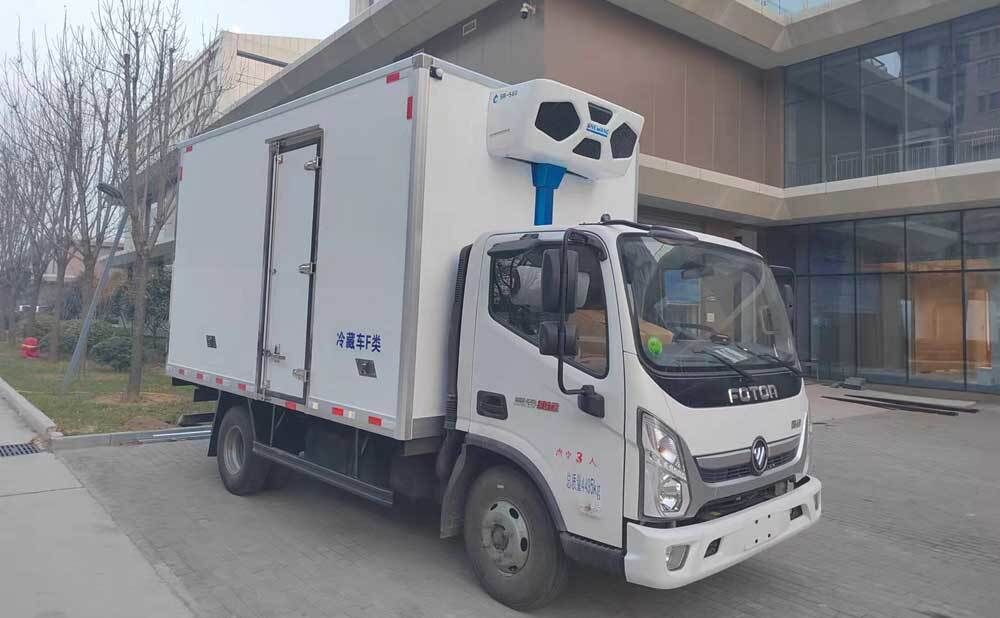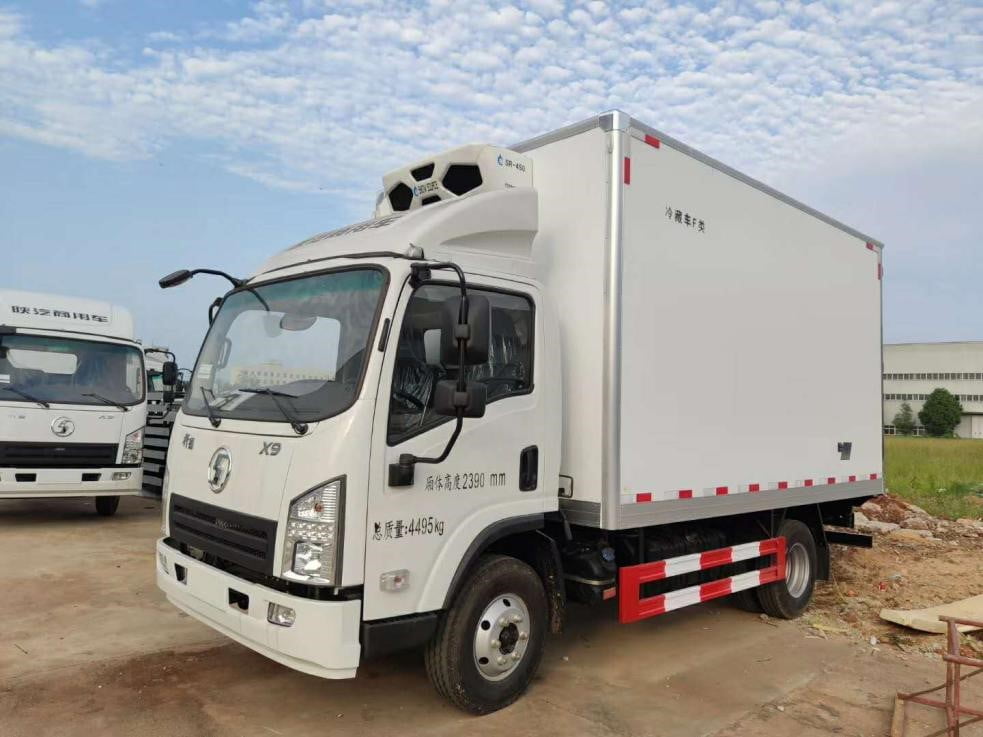Generally, shipped perishable food fall into the following several categories:
Frozen food, such as frozen meat, frozen seafood, and quick-frozen food and so on.
These food generally should be stored at temperature below -18℃, where their storage life can last for several months to a dozen months. During the hourly transportation, set the temperature at -18℃ and don’t have to control the fluctuation tightly. These kinds of food should be shipped by Type F refrigerated trunks.
Chilled food, such as meat, seafood, eggs and so on.
When shipping these kinds of food, without food being frozen, the temperature is required to be as low as possible, in other words, close to or lower than 0℃. These food should be shipped by Type D, E, F refrigerated trunks.
For some canned food, the temperature inside the container is required to be at about -5℃, and should be shipped by Type E, F refrigerated trunks.
Vegetables and fruit.
The refrigerated shipping of these kinds of food is more complicated. First, the storage temperatures of various vegetables and fruit are not the same. Next, the required temperature of storage is tight, and cannot deviate much from the set temperature. Third, vegetables and fruit still breathe after harvest, and breath creates heat, so the refrigerated unit needs to provide more coldness. In addition, the these kinds of food have requirements on relative humidity as well. Therefore, in principle, although refrigerated trucks at all types from A to F can be used for shipping vegetables and fruit, the carrier’s driving skill and experience are keys for shipping.




